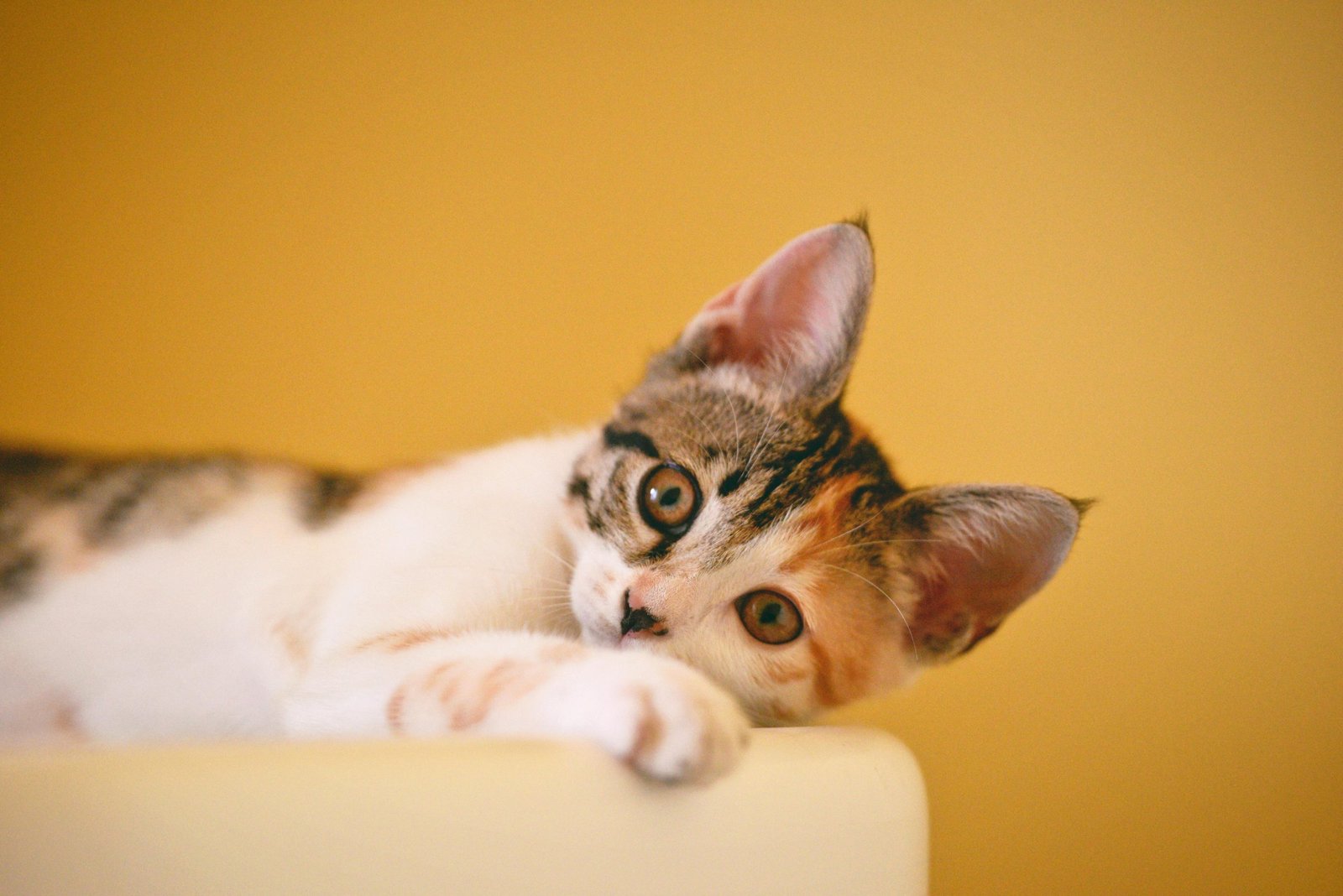
Table of Contents
Scented candles have long been cherished for their ability to create a warm, inviting atmosphere in our homes. The gentle flicker of a candle and the wafting aroma of a favorite scent can transform a space, but have you ever considered how these seemingly harmless indulgences might impact your furry companions, particularly your cats?
Here’s a comprehensive exploration of the potential risks scented candles pose to your beloved feline friends:
1. Sensitivity to Scents
Cats have a highly developed sense of smell. What might be a pleasant aroma for us could overwhelm their sensitive noses. Strong fragrances from scented candles can irritate their delicate respiratory systems, leading to coughing, sneezing, or even difficulty breathing.
2. Toxic Ingredients
Many scented candles contain essential oils, artificial fragrances, or other chemicals that, when burned, release compounds into the air. Some of these compounds can be toxic to cats if inhaled or ingested. Ingredients like tea tree oil, eucalyptus, or citrus extracts are known to be particularly harmful to cats.
3. Respiratory Issues
The particles released by burning candles can settle in the air and on surfaces. Cats, known for their grooming habits, may inadvertently ingest these particles while self-grooming, potentially causing respiratory distress or digestive issues.
4. Allergic Reactions
Cats can have allergic reactions to certain scents, just like humans. Skin irritations, itching, or excessive grooming might indicate an allergic response triggered by the presence of scented candles in their environment.
5. Carbon Soot
The soot produced by burning candles can contain tiny particles that may not only affect air quality but can settle on walls, furniture, and your cat’s fur. Ingesting or inhaling these particles might lead to health complications over time.
6. Minimizing Risks
Consider opting for unscented candles or those made from natural, pet-safe ingredients. Be vigilant about ventilation, ensuring rooms are well-aired when candles are lit. Placing candles in areas inaccessible to cats can also reduce potential risks.
7. Observing Your Cats
Monitor your cat’s behavior when candles are lit. If you notice signs of distress, such as excessive sneezing, coughing, or changes in behavior, it’s crucial to remove the candles and consult with a veterinarian promptly.
Ultimately, the safety of scented candles around cats depends on various factors, including the specific ingredients used in the candles, your cat’s sensitivities, and the environment in which the candles are burned.
Prioritizing your cat’s well-being while enjoying the ambiance of scented candles is key. When in doubt, choosing safer alternatives or consulting with a vet can help you ensure a harmonious home environment that keeps both you and your feline companions healthy and happy.
Remember, creating a cozy atmosphere in your home is wonderful, but your cat’s health should always take precedence.

